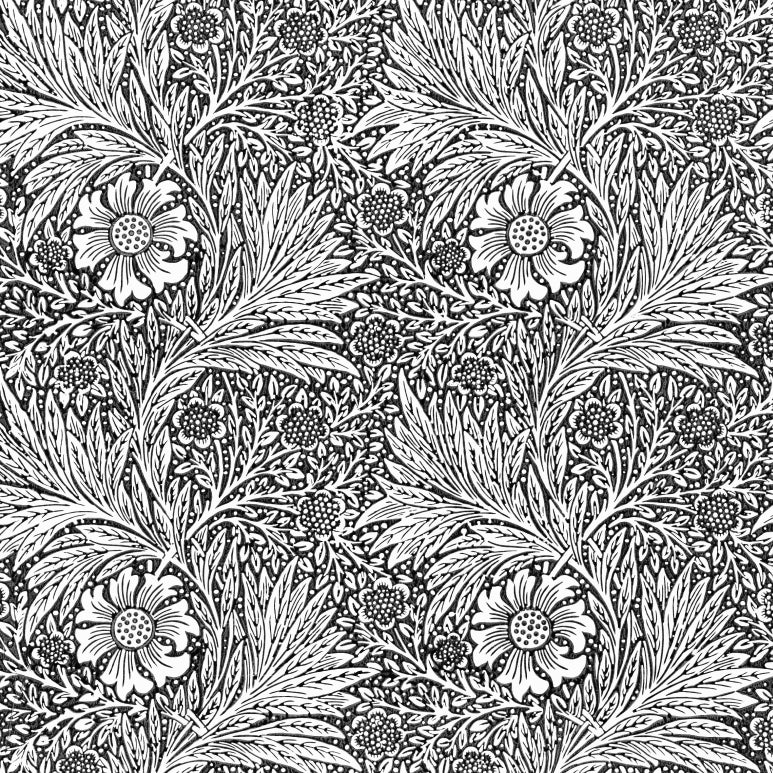The Scientific Facts behind Kava as a Trauma Therapy

When it comes to trauma therapy, many individuals are seeking alternative treatments to help alleviate symptoms and promote healing. One such alternative that has gained attention in recent years is the use of kava, a plant native to the South Pacific known for its calming effects. But what does the science say about using kava for trauma therapy?
What is Kava?
Kava, scientifically known as Piper methysticum, is a plant that has been used for centuries by Pacific Island cultures for its sedative and anxiolytic properties. The active compounds in kava, called kavalactones, are believed to interact with neurotransmitters in the brain to produce a calming effect.
How Does Kava Work for Trauma Therapy?
Studies have shown that kava plant drinks may be beneficial for individuals experiencing symptoms of trauma, such as anxiety, insomnia, and hyperarousal. The calming and mood boosting effects of kava can help reduce the intensity of these symptoms, allowing individuals to better cope with their trauma and work through the healing process.
Research on Kava for Trauma Therapy
While more research is needed to fully understand the effects of kava on trauma therapy, preliminary studies have shown promising results. A meta-analysis published in the Journal of Clinical Psychopharmacology found that kava extract was effective in reducing symptoms of anxiety and stress in individuals with generalized anxiety disorder.
Another study published in the Journal of Affective Disorders found that kava drinks were as effective as a prescription anti-anxiety medication in reducing symptoms of anxiety in individuals with generalized anxiety disorder.
Considerations and Precautions
It is important to note that while kava may be beneficial for some individuals, it is not without risks. Long-term use of kava has been associated with liver toxicity, and individuals with liver disease or a history of liver problems should avoid using kava. Additionally, kava may interact with certain medications, so it is important to consult with a healthcare provider before incorporating kava into a trauma therapy regimen.
Overall, the use of kava for trauma therapy shows promise, but more research is needed to fully understand its effects and potential risks. As with any alternative treatment, it is important to approach kava use with caution and under the guidance of a healthcare provider.












